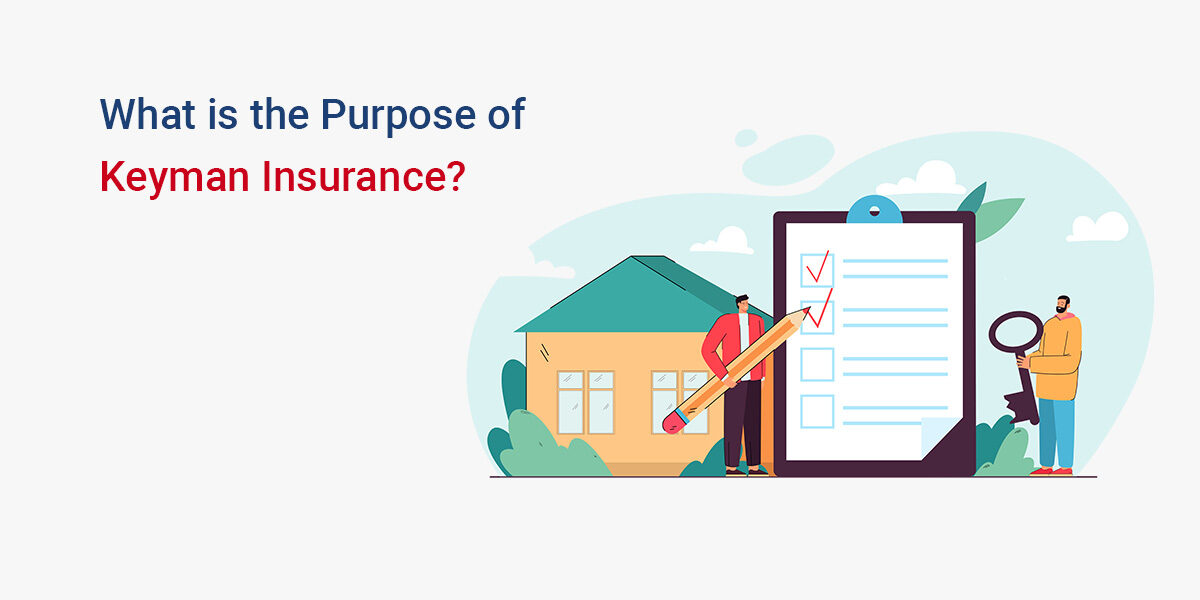Pacific Prime Can Be Fun For Anyone
Table of ContentsLittle Known Questions About Pacific Prime.Facts About Pacific Prime UncoveredThe 25-Second Trick For Pacific Prime3 Easy Facts About Pacific Prime ExplainedPacific Prime - Truths

This is since the information were collected for a duration of solid economic efficiency. Of the approximated 42 million people who were without insurance, all but regarding 420,000 (concerning 1 percent) were under 65 years of age, the age at which most Americans end up being qualified for Medicare; 32 million were adults between ages 18 and 65, about 19 percent of all grownups in this age team; and 10 million were kids under 18 years old, concerning 13.9 percent of all children (Mills, 2000).
These price quotes of the variety of persons uninsured are produced from the yearly March Supplement to the Existing Populace Study (CPS), conducted by the Census Bureau. Unless otherwise noted, national quotes of individuals without wellness insurance and proportions of the population with different type of insurance coverage are based upon the CPS, one of the most widely used source of estimates of insurance coverage and uninsurance rates.
The Only Guide for Pacific Prime

Still, the CPS is particularly helpful because it produces yearly price quotes fairly rapidly, reporting the previous year's insurance coverage approximates each September, and since it is the basis for a consistent collection of price quotes for more than 20 years, permitting evaluation of trends in coverage over time. For these factors, in addition to the considerable use of the CPS in other research studies of insurance protection that exist in this report, we count on CPS quotes, with limitations kept in mind.

The price quote of the number of without insurance people broadens when a population's insurance policy status is tracked for numerous years. Over a three-year period starting early in 1993, 72 million individuals, 29 percent of the U.S. https://www.pubpub.org/user/freddy-smith-2. population, lacked protection for a minimum of one month. Within a solitary year (1994 ), 53 million individuals experienced at the very least a month without insurance coverage (Bennefield, 1998a)
Six out of every ten without insurance grownups are themselves used. Functioning does enhance the chance that one and one's family participants will have insurance, it is not an assurance. Even participants of families with two permanent wage earners have virtually a one-in-ten possibility of being without insurance (9.1 percent uninsured price) (Hoffman and Pohl, 2000).
Getting The Pacific Prime To Work
New immigrants account for a substantial proportion of individuals without medical insurance. One evaluation has connected a substantial section of the recent growth in the size of the united state without insurance populace to immigrants that arrived in the country between 1994 and 1998 (Camarota and Edwards, 2000). Current immigrants (those who pertained to the USA within the previous four years) do have a high price of being without insurance (46 percent), but they and their children represent just 6 percent of those without insurance coverage country wide (Holahan et al., 2001).
The partnership in between medical insurance and access to care is well established, as recorded later on in this chapter. The partnership in between health and wellness insurance policy and wellness results is neither direct nor basic, an extensive clinical and health and wellness services research literature links wellness insurance protection to improved access to care, far better high quality, and improved individual and populace health standing.
Degrees of analysis for analyzing the impacts of uninsurance. This discussion of medical insurance protection concentrates mainly on the U.S. populace under age 65 because basically all Americans 65 and older have Medicare or other public insurance coverage. Moreover, it focuses particularly on those with no medical insurance for any type of length of time.
Unknown Facts About Pacific Prime
The problems faced by the underinsured are in some respects comparable to those encountered by the without insurance, although they are generally much less extreme. international travel insurance. Uninsurance and underinsurance, nonetheless, include noticeably various plan problems, and the techniques for addressing them might vary. Throughout this research study and the five reports to follow, the main emphasis gets on persons with no Source wellness insurance coverage and hence no help in paying for healthcare past what is offered through charity and safety internet organizations
Medical insurance is an effective aspect affecting receipt of treatment because both people and medical professionals react to the out-of-pocket price of solutions - https://www.huntingnet.com/forum/members/pacificpr1me.html. Medical insurance, however, is neither needed nor adequate to get access to clinical solutions. The independent and straight result of health and wellness insurance policy coverage on accessibility to wellness services is well developed.
Others will acquire the health treatment they require also without medical insurance, by spending for it out of pocket or seeking it from service providers that use care cost-free or at highly subsidized prices. For still others, health insurance coverage alone does not ensure invoice of treatment due to various other nonfinancial barriers, such as a lack of healthcare companies in their community, restricted accessibility to transport, illiteracy, or linguistic and cultural differences.
The Definitive Guide for Pacific Prime
Official research study concerning without insurance populaces in the United States dates to the late 1920s and early 1930s when the Committee on the Cost of Medical Treatment created a collection of reports about financing doctor office gos to and hospitalizations. This concern ended up being significant as the varieties of clinically indigent climbed throughout the Great Anxiety.